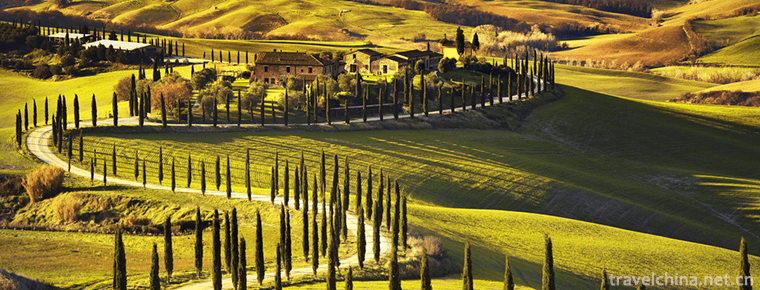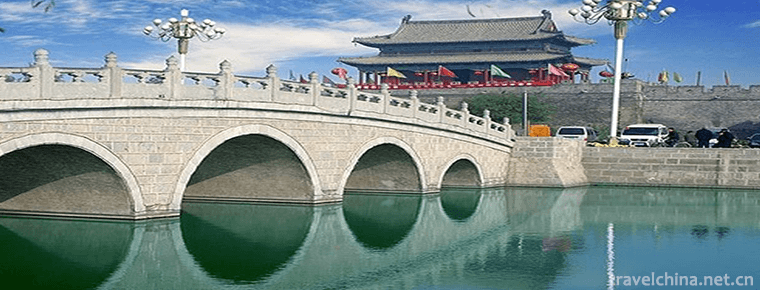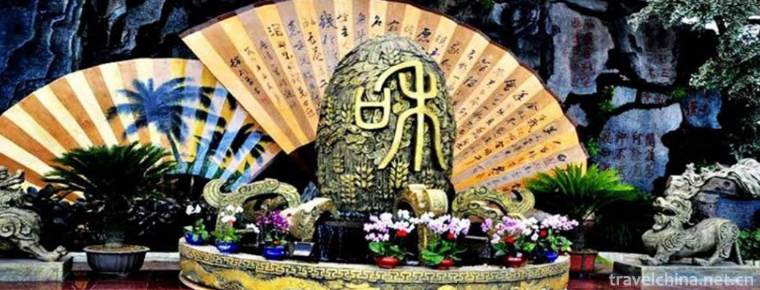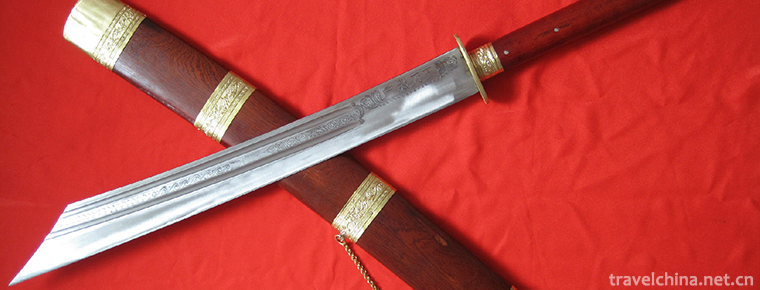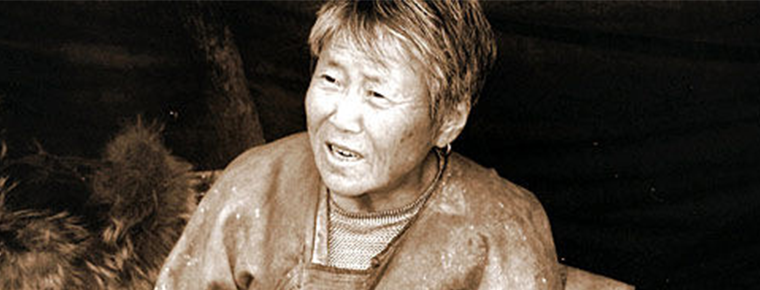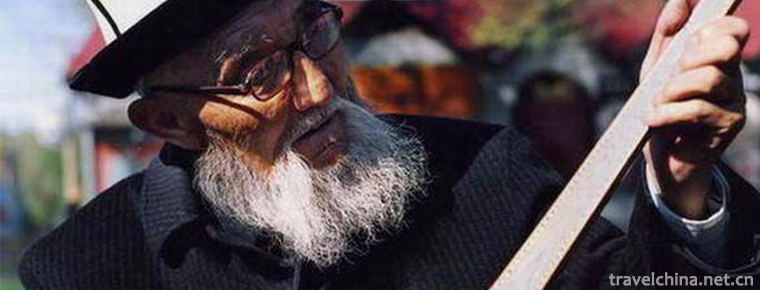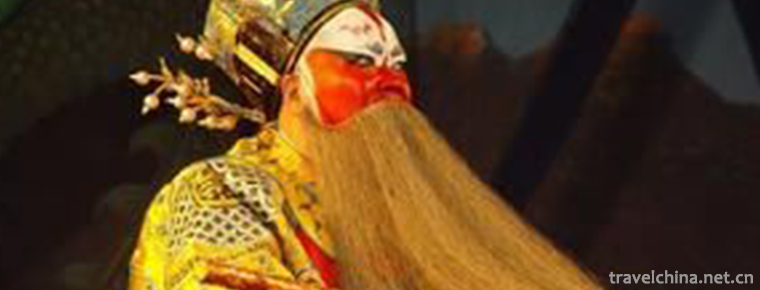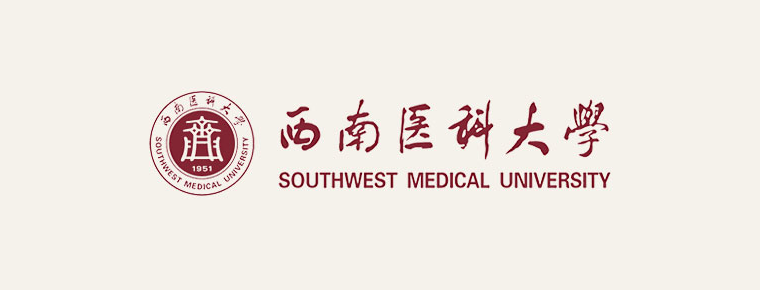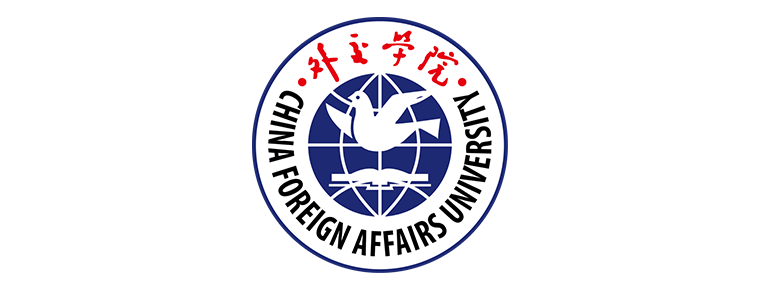Introduction to Chinese embroidery
Introduction to Chinese embroidery
Embroidery, known as needle embroidery in ancient times, is a kind of technology that uses embroidery needle to guide color thread, embroiders the designed patterns on textiles, and forms patterns with embroidery traces. In ancient times, it was called "Juju" and "pinju". Because embroidery is mostly made by women, it belongs to an important part of "needlework". Embroidery is one of the ancient handicrafts in China, which has a history of more than 2000 years. According to Shangshu, the ZhangFu system more than 4000 years ago stipulated that "clothes should be painted while clothes should be embroidered". Up to the Zhou Dynasty, there was a record of "embroidery and silk work together". The embroidery of Warring States period and Han Dynasty unearthed in Hubei and Hunan is of high level. In Tang and Song Dynasties, embroidery was widely used for painting, calligraphy and ornaments. During the Ming and Qing Dynasties, the scale of Royal embroidery was very large, and the folk embroidery was further developed. Suzhou embroidery, Yue embroidery, long embroidery, Xiang embroidery and Shu embroidery were successively produced, which were called "five famous embroidery". In addition, there are Gu embroidery, Beijing embroidery, Ou embroidery, Lu embroidery, Fujian embroidery, Bian Embroidery, Han Embroidery, hemp embroidery and Miao embroidery,
Each has its own style, which has been passed on for a long time. There are several kinds of needling techniques in embroidery, such as parallel stitching, troweling, needling, long and short stitches, punching stitches, Pingjin, stabbing sand, etc.
According to the materials, embroidery can be divided into silk embroidery, feather embroidery and hair embroidery. The uses of embroidery include: daily clothes, song and dance costumes, tablecloths, pillowcases, cushions and other daily necessities, as well as screen, wall hanging and other furnishings. The most famous embroidery in Ming Dynasty is Gu embroidery.
Embroidery has been handed down from generation to generation in Weinan City. There are hundreds of varieties of flowers and colors. There are mainly pillows, children's hats, belly binding, door curtains, insoles, bed circumference, sewing bags, purse bags, animal toys, etc. the contents are mostly flowers, birds, insects and fish and customs pictures. The women in Tongguan area embroider peonies and elegant lotus flowers on both ends of the stirrups, which are exquisite and durable. They are called "the best embroidery in Dongfu". With the changes of the times, the content of rural products has been updated. At the same time, some traditional embroidery products have entered the foreign trade market.
Bainiao skirt: Princess Anle of Zhongzong of Tang Dynasty owns two hundred bird skirts, both of which are rare treasures. It's made of natural clothes. Feather embroidery can not only embroider landscape flowers and birds, but also embroider various daily necessities pillow, feather embroidered carpet and feather embroidered clothing.

Introduction to Chinese embroidery
-
About Us
If you are interested in Chinese culture, Beautiful Scenery and Delicious Food, Welcome to China.
Views: 472 Time 2018-09-28 -
Bashang grassland
Bashang grassland, also known as the first grassland in the north of Beijing, is located in Hebei Province. It refers to the meadow grassland formed by the steep rise of grassland and the reasons of c
Views: 148 Time 2019-01-02 -
The Great Wall of Water in Huanghua City
Huanghua City Water Great Wall is located in Jiuduhe Town, Huairou District, Beijing, 65 kilometers away from Beijing City. It is a famous tourist and leisure resort
Views: 168 Time 2019-01-18 -
Shangqiu Ancient Culture Tourist Area
Shangqiu Ancient Culture Tourist Area is located in Suiyang District of Shangqiu City. Based on Shangqiu Ancient City, the area of 12.6 square kilometers is covered by Guidefu City
Views: 125 Time 2019-02-08 -
Mount Tais Flower Age
Taishan Flower Age Scenic Area in Tai'an City, Shandong Province, is a large-scale agricultural tourism cultural project with five functions of entertainment, sightseeing, picking, catering
Views: 303 Time 2019-02-13 -
The Forging Skill of Achang Husha Knife
Achang household knife forging technology, Yunnan Dehong Dai Jingpo Autonomous Prefecture Longchuan County household Sa Township traditional handicraft, one of the national intangible cultural heritag
Views: 265 Time 2019-03-28 -
Mosukun of Oroqen Nationality
Mosukun of Oroqen nationality is Oroqen language, meaning "telling and singing stories". Most of the performances are performed by a single person without accompaniment of musical instrument
Views: 156 Time 2019-04-28 -
Manas
Manas, the traditional folk literature of Kirgiz Autonomous Prefecture in Kizlesu, Xinjiang, is one of the national intangible cultural heritage.
Views: 239 Time 2019-05-16 -
Shaoxing opera
Shao Opera, a traditional Chinese opera. Originally known as "Shaoxing Chaotian Bomb", commonly known as "Shaoxing Daban", it originated from Qin Opera and was named Shaoxing Opera
Views: 209 Time 2019-06-14 -
Southwest Medical University
Southwest Medical University is an ordinary university in Sichuan Province. It is located in Luzhou, a famous historical and cultural city and a civilized city in the region of Sichuan, Yunnan, Guizho
Views: 136 Time 2019-08-31 -
China Foreign Affairs University
China Foreign Affairs University is a small scale, high level and distinctive foreign ministry's sole institution directly under the guidance of serving the cause of China's diplomacy and cultivating
Views: 183 Time 2019-11-29 -
Population and nationality of Suining
At the end of 2019, the total number of household registration in Suining was 1 million 380 thousand, and the household registration population was 3 million 629 thousand, a decrease of 0.7% over the previous year, of which 1 million 4 thousand and 900
Views: 135 Time 2020-12-16

